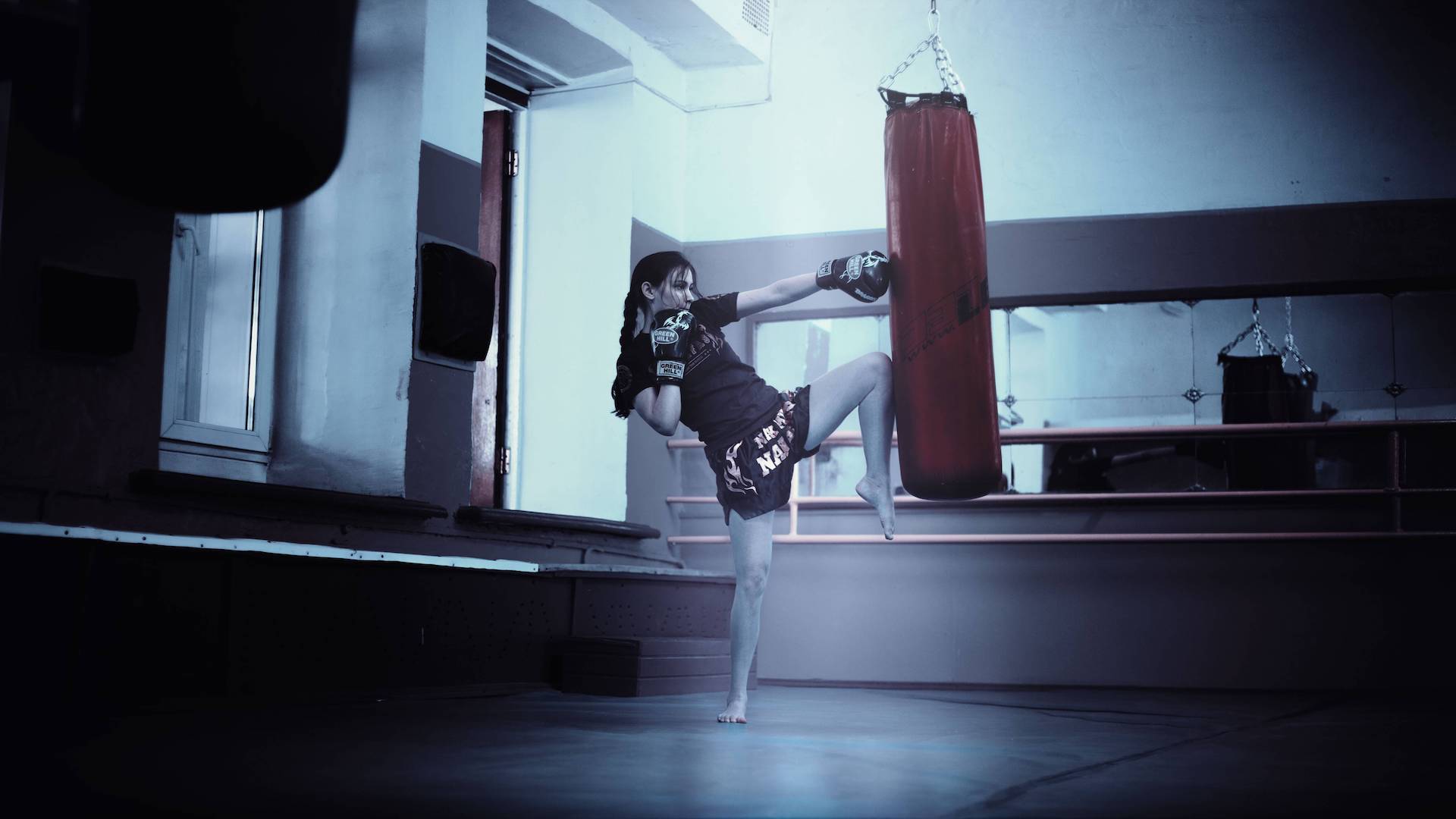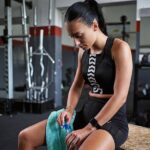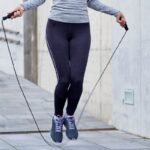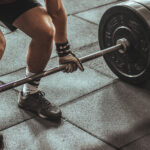If you’ve ever experienced the agony of throbbing toes or the frustration of a shoe that just doesn’t feel right mid-workout, you’ve probably wondered: Should Gym Shoes Be A Size Bigger? The answer isn’t a straightforward yes or no. Choosing the right size gym shoe involves understanding your foot, your workout style, and how different shoes fit. Let’s break down everything you need to know to find the perfect fit and prevent unnecessary discomfort or injuries.
Why Shoe Size Matters for Your Workout
Wearing the wrong size shoe during your workout can have consequences that range from annoying to downright debilitating. We’re not just talking about blisters here (though those are certainly a possibility!). A poorly fitted shoe can impact your form, increase your risk of injury, and even affect your overall performance.
Imagine trying to perform squats in shoes that are too tight. Your toes are crammed together, disrupting your balance and forcing you to compensate in ways that put stress on your knees and ankles. Or picture running on a treadmill with shoes that are too big; you’re constantly sliding forward, leading to chafing and potentially causing you to trip.
Your feet swell during exercise. This is because blood flow increases to your muscles, including those in your feet. A shoe that feels comfortable at rest might become too snug once you start moving. The increased pressure can lead to blisters, numbness, and even plantar fasciitis, a painful inflammation of the tissue on the bottom of your foot. Conversely, a shoe that’s too large won’t provide adequate support, potentially leading to ankle instability and other injuries.
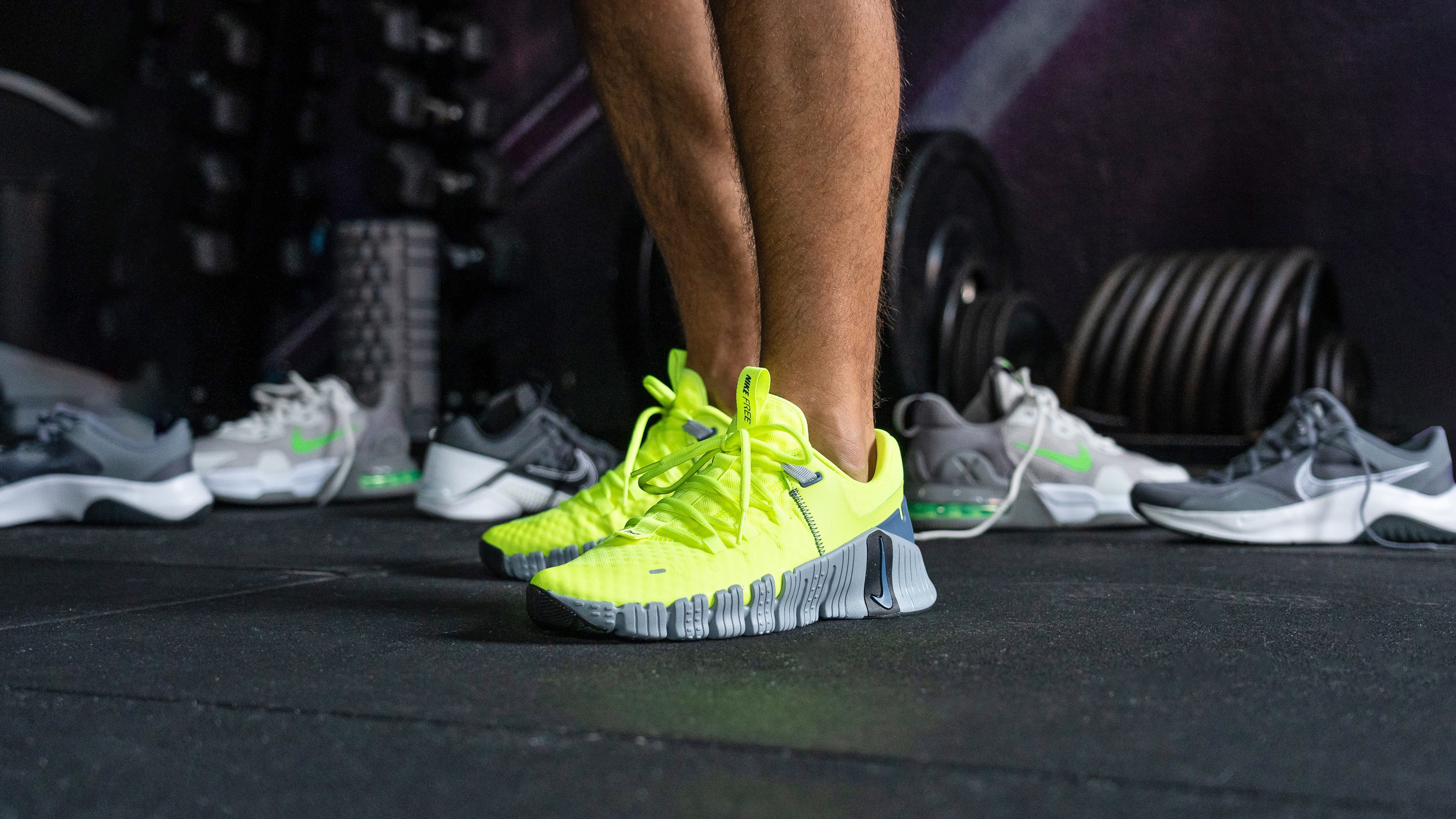
The Ideal Gym Shoe Fit
The ideal gym shoe fit means a shoe that is snug around the midfoot and heel, with about a thumb’s width of space at the toe box for comfort. Your heel should stay secure without slipping, and the shoe should offer proper arch support, flexibility, and cushioning. A well-fitted gym shoe feels comfortable immediately, supports your foot type, and allows natural movement to help prevent injury and improve performance.
- Toe Box Space: You should have about a thumb’s width of space between the end of your longest toe and the end of the shoe. This allows your toes to splay naturally during movement.
- Width: Your foot shouldn’t feel squeezed in the shoe. Make sure you have enough room on both sides of your foot. Your toes should be able to wiggle. Many brands offer wider width options if needed.
- Heel Lock: Your heel should feel secure and shouldn’t slip out of the shoe when you walk or run. Slipping can cause blisters and can change your gait in a way that may increase the risk of injury.
- Midfoot Support: The shoe should provide adequate support for the arch of your foot. Some shoes have more pronounced arch support than others. If you have flat feet or high arches, you might need to consider insoles for better support.
Different Workouts, Different Shoe Needs: Tailoring Size to Activity
The type of workout you primarily engage in will influence the ideal fit for your gym shoes. Are you a dedicated weightlifter? A high-intensity interval training (HIIT) enthusiast? Or do you prefer low-impact activities like yoga or Pilates? Each activity places different demands on your feet, necessitating different shoe characteristics.
For weightlifting, a stable, flat-soled shoe is essential. A snug fit is preferable to ensure maximum ground contact and stability during heavy lifts. Look for shoes with a wide toe box to allow your toes to splay and improve your balance.
If you’re into HIIT or running, you’ll want a shoe with good cushioning and flexibility. A slightly larger size might be beneficial to accommodate foot swelling during high-impact activities. Make sure your heel is secure to prevent slippage.
For low-impact activities, comfort and flexibility are key. A shoe that’s too tight can restrict movement and cause discomfort, while a shoe that’s too loose might not provide enough support. Choose a shoe that feels comfortable and allows your foot to move naturally.
Navigating the Sizing Minefield: Tips for Finding Your Perfect Fit
Finding the right size gym shoe can feel like a daunting task, but with a little knowledge and patience, you can find the perfect pair that will support your feet and enhance your workouts. Here are some helpful tips to guide you:
- Measure your feet regularly: Your foot size can change over time due to factors like age, weight gain, or pregnancy. Use a Brannock device at a shoe store or measure your feet at home with a ruler or measuring tape.
- Try on shoes later in the day: As mentioned earlier, your feet tend to swell throughout the day, so trying on shoes in the afternoon or evening will give you a more accurate fit.
- Wear your workout socks: Always wear the type of socks you plan to wear during your workouts when you try on shoes. Different socks can affect the fit of the shoe.
- Walk around and perform some movements: Don’t just stand there when you try on shoes. Walk around the store, jump, and do some basic exercises like squats or lunges to see how the shoes feel during movement.
- Listen to your feet: Ultimately, the best way to determine if a shoe fits properly is to listen to your feet. If you feel any pinching, rubbing, or discomfort, the shoe is not the right fit.
- Don’t rely solely on the size number: Remember that shoe sizes can vary between brands and styles, so don’t get hung up on the number. Focus on how the shoe feels on your foot.
- Read reviews: Online reviews can provide valuable insights into the fit and performance of different shoes. Pay attention to comments about sizing, width, and overall comfort.
So, Should You Size Up? The Final Verdict
While there’s no definitive answer to whether you should always size up for gym shoes, consider these scenarios:
- High-impact activities: If you primarily engage in high-impact activities like running or HIIT, a half-size up might be beneficial to accommodate foot swelling.
- Wide feet: If you have wide feet, sizing up might provide the extra width you need for a comfortable fit. Also, you may want to check if the brand has a wider version for your size.
- Between sizes: If you’re between sizes, it’s generally better to size up rather than down. You can always wear thicker socks or use insoles to fine-tune the fit.
Ultimately, the best way to determine the right size gym shoe for you is to try on different sizes and styles and listen to your feet. Don’t be afraid to experiment until you find the perfect fit.
FAQ About Gym Shoe Sizing
Why do my feet swell when I exercise?
Your feet swell during exercise due to increased blood flow to your muscles. This is a natural physiological response to the demands of physical activity.
How can I prevent blisters from my gym shoes?
Prevent blisters by ensuring a proper fit, wearing moisture-wicking socks, and using blister-prevention products like balms or tapes.
What type of socks should I wear to the gym?
Wear moisture-wicking socks made from synthetic materials like polyester or nylon. These socks will help keep your feet dry and prevent blisters.
Are there different types of gym shoes for different foot types?
Yes, there are different types of gym shoes for different foot types. If you have flat feet, look for shoes with good arch support. If you have high arches, look for shoes with cushioning and flexibility.
How often should I replace my gym shoes?
Replace your gym shoes every 300-500 miles or every 6-12 months, depending on how often you use them and the intensity of your workouts.

